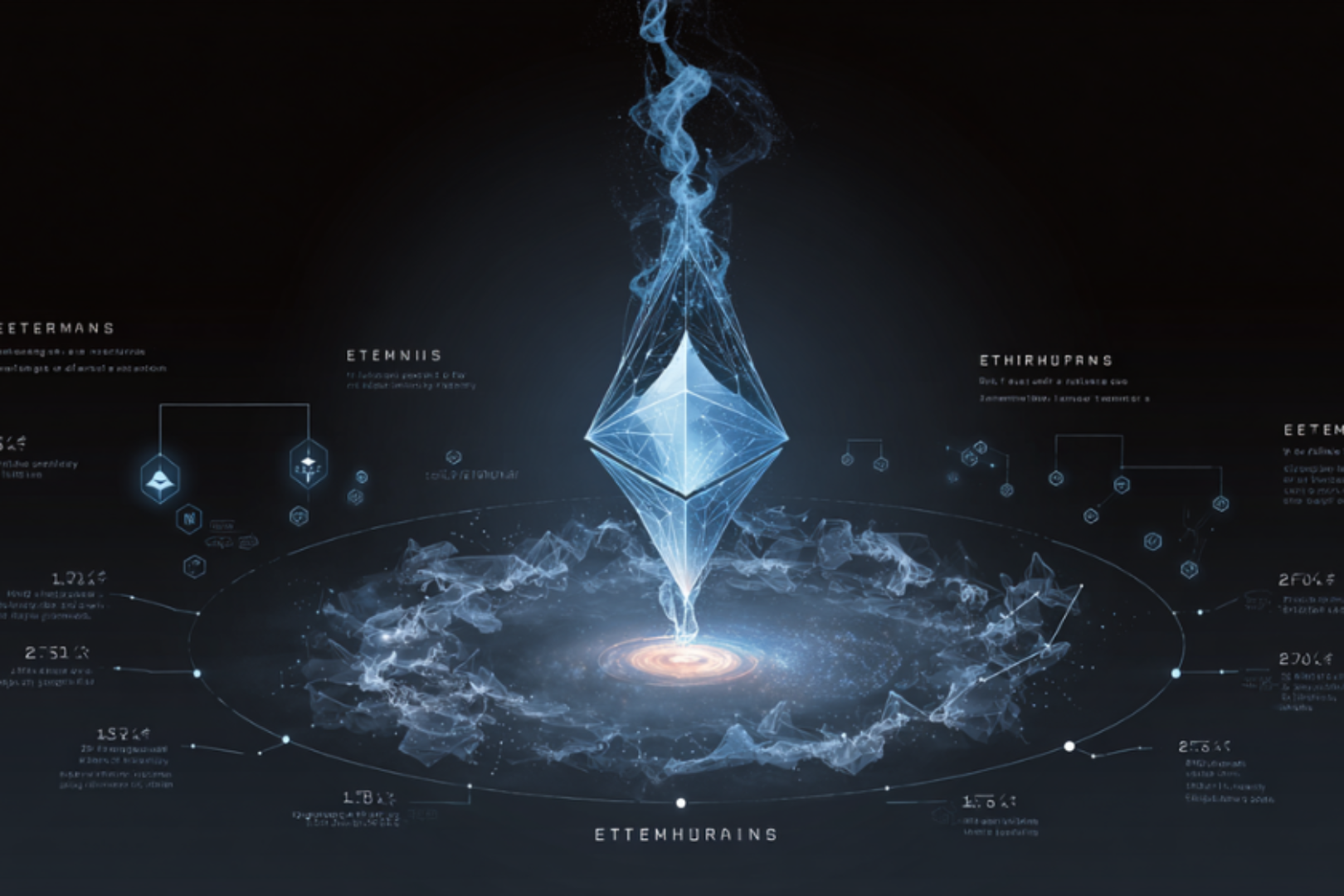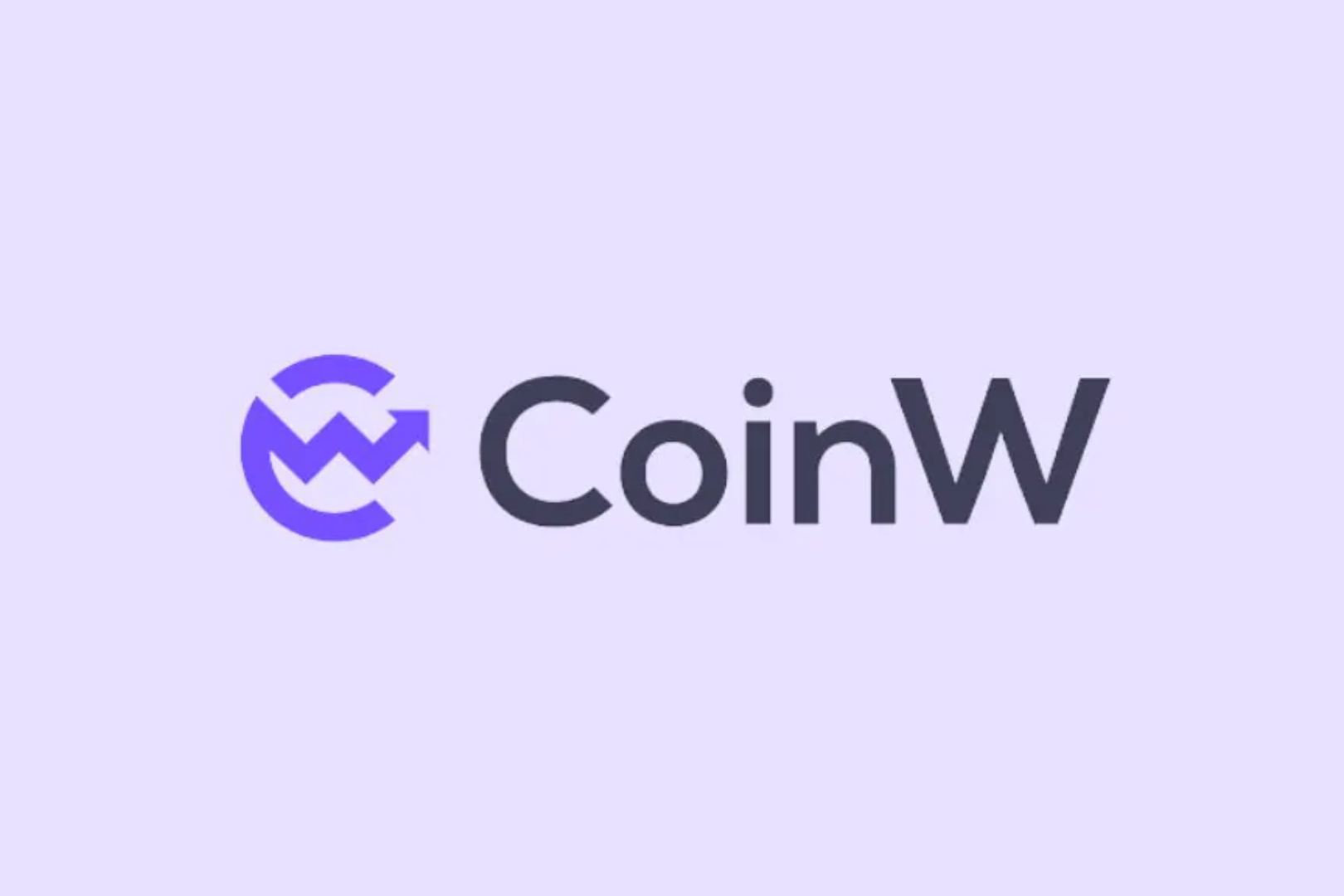
With the rise of DeFi, NFT, GameFi, SocialFi and other tracks, various blockchain applications continue to increase. It is not difficult to see that the encryption industry is undergoing an important transition from the early discovery of the value of decentralized currencies to the realization of the value of decentralized applications. However, for this technology to be widely adopted, a key issue needs to be addressed, namely"The Blockchain Trilemma"。
In the early days of the industry's development, Ethereum was the earliest application chain in the industry with Turing-complete features. In order to comply with the most important values of Web3, it chose to abandon scalability. With the continuous development of the encryption industry, the functions of decentralized applications are becoming more and more complex, and the number of operations performed by smart contracts is constantly increasing. The problems of network throughput and Gas fees brought about by insufficient scalability have become prominent, which has become a shackle for the continuous development of the network.Can the blockchain network satisfy the maximization of "decentralization", "security" and "scalability" at the same time?
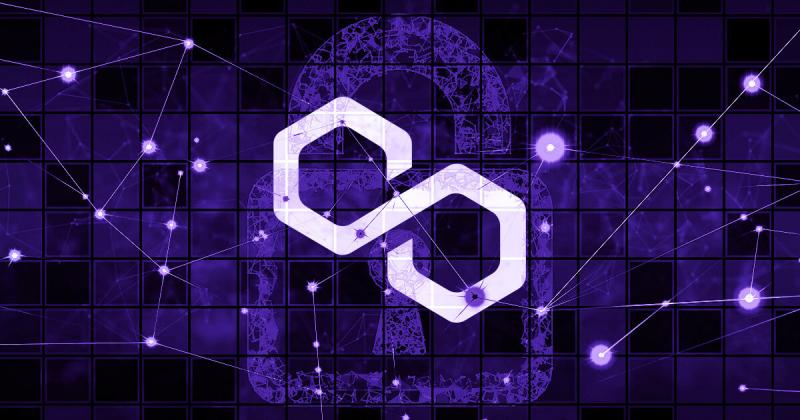
Polygon, the second-layer expansion solution of Ethereum, provides its solution with technological innovation. Polygon is an enterprise-grade blockchain platform that provides faster, cheaper transactions and increased scalability for the Ethereum network. With its scalable architecture, fast and low-cost transactions, and growing ecosystem, it has become the preferred solution for more and more enterprises and developers.
According to the 2023 Polygon first quarter research report released by Messari, the network has an average of about 400,000 active addresses per day, and 22 million new addresses have been added this quarter, with an average daily transaction of about 3 million.first level title
Express Train: Polygon Technology Innovation
secondary title
Side chain expansion solution Polygon POS
Polygon PoS is currently the most mature scaling solution on Polygon. By establishing a side chain, the assets on the main chain are cross-chained to the Polygon chain for processing. In order to improve transaction speed and save costs under the premise of ensuring security, the Polygon PoS network has cleverly designed a three-tier architecture:
Ethereum layer:A set of contracts on the Ethereum mainnet is mainly used to keep funds and checkpoints to ensure security;
Heimdall layers:Heimdall is a proof-of-stake layer that aggregates Bor-generated blocks into a Merkle tree and periodically publishes the Merkle root to the root chain. Periodic releases of Bor sidechain snapshots are called checkpoints;
Bor layer:Bor is Polygon's sidechain block producer layer, the entity responsible for aggregating transactions into blocks. Currently, it is implemented by base Geth with custom changes to the consensus algorithm. It is a basic Geth implementation with custom changes to the consensus algorithm; blocks are generated on Bor nodes, and sidechains are EVM compatible. Blocks produced on Bor are also periodically validated by Heimdall nodes, and checkpoints consisting of Merkle tree hashes of a set of blocks on Bor are regularly submitted to Ethereum.
It is worth noting that, benefiting from Polygon's hybrid structure, Polygon POS is able to support the Plasma bridge framework and the decentralized Proof-of-Stake (POS) validator network to ensure the security of assets. Among them, Plasma Bridge inherits security from the Ethereum main chain; while PoS Bridge uses the same set of verifiers and pledged MATIC to protect the security of the chain itself.
In addition, in January this year Polygon PoS was launchedDelhi hard fork, aiming to reduce Gas peaks, resolve chain reorganizations (Reorgs) to shorten finalization time, and further improve network performance and user experience. It is not difficult to see that in the case of high gas costs and insufficient network performance in Ethereum, Polygon PoS solves the problem of network scalability with a solid technical solution, becoming a dark horse that cannot be ignored in the Web3 field, and has become an "express train" for expansion solutions . At present, according to official data, tens of thousands of decentralized applications, more than 207 million addresses, and 2.3 billion transactions have been processed in the Polygon PoS ecosystem.secondary title
ZK scaling solution Polygon zkEVM
As mentioned above, Polygon is committed to providing a comprehensive Ethereum expansion solution. In addition to its leading product Polygon POS, Polygon is also actively deploying zero-knowledge proof (ZK) products. For example, Miden VM is a virtual machine compatible with Ethereum EVM based on STARK technology, which uses a novel state model to help developers build advanced DApps with client authentication; Zero is based on Plonky 2 technology and supports efficient recursion Proof generation, faster than any other existing technology.
Particularly noteworthy is the Polygon zkEVM, which was launched on the mainnet testnet in March this year. It gives full play to the advantages of ZK technology, enabling Polygon zkEVM to achieve a substantial increase in throughput on the basis of inheriting the security of Ethereum L1. Its advantages can be summarized as follows:
high performance: Use Polygon Zero technology to achieve the fastest ZK proof, and use recursive STARK to achieve extreme scalability. Developers can create different types of DApps according to different needs;
Compatible with EVMlow cost
low costSafety
Safety: Inherit the security of the main network, and ZK proves to ensure the validity of transactions and protect user funds;
The testnet protocol involves new and complex technologies. Although the protocol has undergone security audits before, Polygon has implemented a number of security measures to ensure the safety of Polygon zkEVM users. As in the first phase, there will be a security council that can quickly upgrade the agreement; the second phase will give birth to enhanced security measures. The Polygon zkEVM bug bounty is currently underway. Developers who are interested in participating can go to the official website below for details.
https://polygon.technology/blog/bug-bounty-for-polygon-zkevm
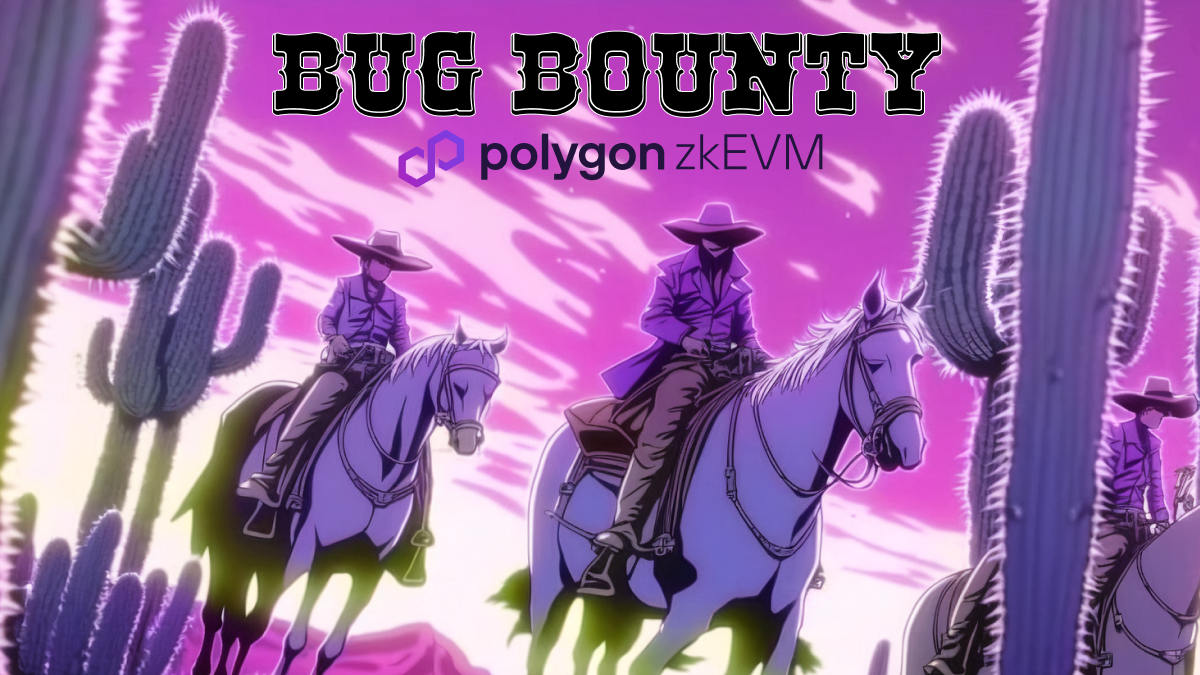
first level title
Fertile soil for development: Polygon's superior ecology
secondary title
Highly developer friendly
Polygon Edge is a blockchain SDK development framework. The following will focus on the official enhanced version of Edge—Polygon Supernets, which focuses on solving the security and complexity challenges faced by Edge.
Polygon Supernets is a modular blockchain development framework that enables the creation of high-performance, customizable application chains in a fast and seamless manner, designed to support various scaling and infrastructure solutions. This is similar to Substrate or the Cosmos SDK. Developers can efficiently develop specific application chains according to actual project requirements. Has the following characteristics:
customizableModular
Modular: The modular framework simplifies the cost of blockchain development and provides developers with the tools needed to build scalable, secure and interoperable custom blockchain networks;
On-Chain Governance MechanismInteroperability
Interoperability: A native bridge solution can seamlessly transfer assets from various EVM compatible blockchains back to the Polygon ecosystem, facilitating interoperability between blockchains and different layers;
Layer 3 high performance: Enables projects to create highly scalable layer 3 networks while inheriting the security and integrity of Polygon PoS and the Ethereum mainnet.
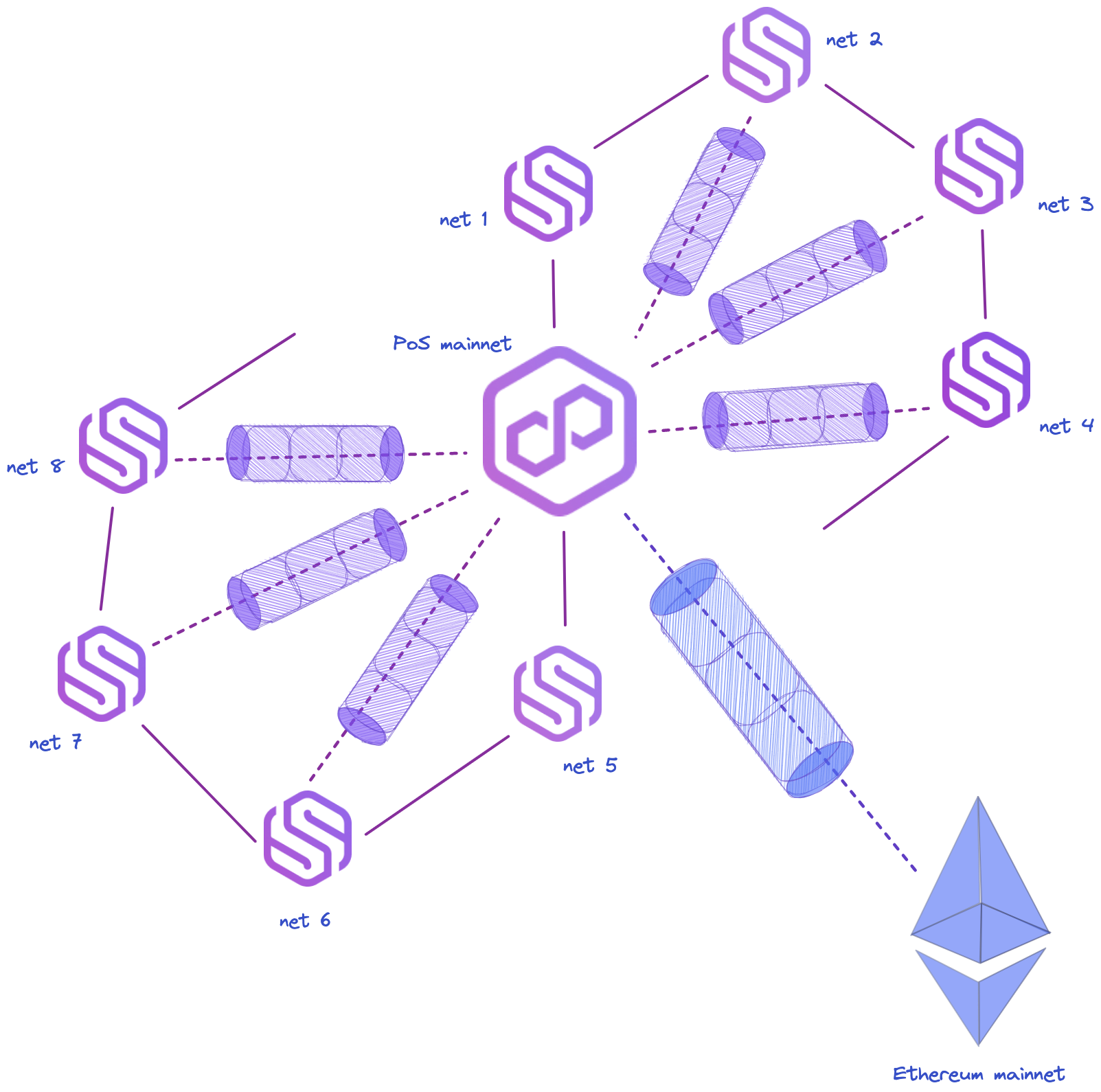
Developers interested in this development can refer to the following official documents:
https://wiki.polygon.technology/docs/supernets/get-started/what-are-supernets/
secondary title
Prosperous and Active Chain Ecology
Polygon has the advantages of low fees and high transaction speed. Well-known projects in the Ethereum ecosystem such as Aave, Curve, Sushiswap, Uniswap, etc. have migrated to this network. In addition, Polygon has become the first choice for the deployment of Web3 projects such as GameFi and NFT. According to the Messari research report:
Among the EVM chains, Polygon has the largest share of game users. Among the most popular games are Planet IX, Sunflower Land, Hunters On-Chain, and Benji Bananas.
Polygon's NFT is a bright spot during the 2022 bear market. It has reached a series of cooperation with Web2 companies such as Meta, Starbucks, Disney and Reddit, and Web3 markets such as Rarible and Magic Eden.
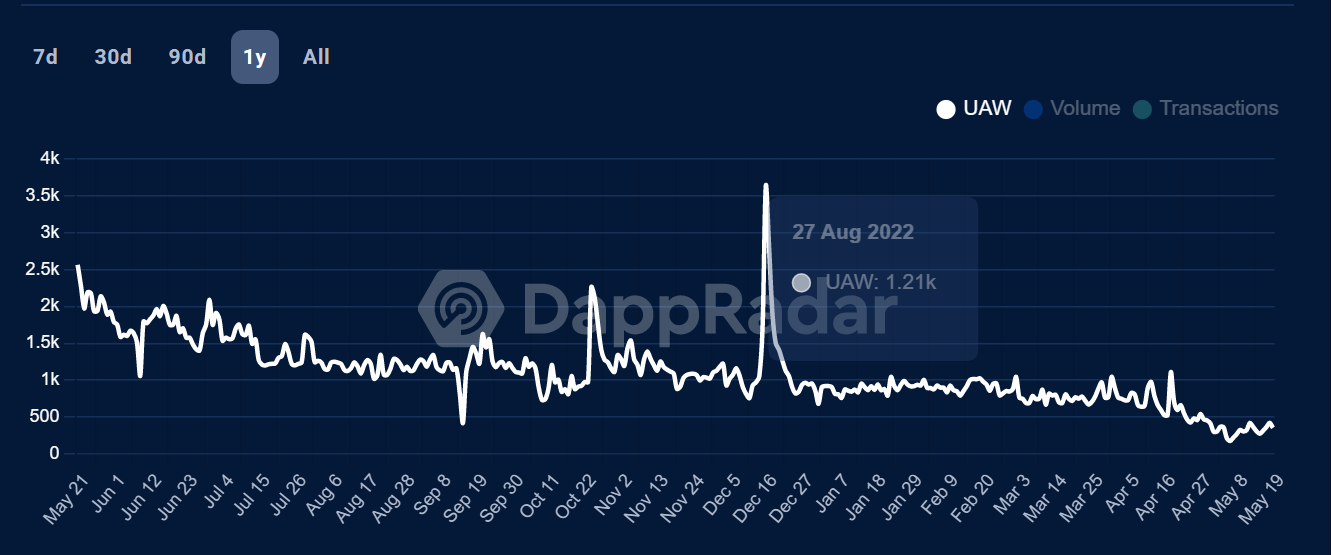
At present, Polygon already has a very large ecosystem, with nearly 20,000 projects deployed. Polygon has a maximum of 355,000 daily active users, enjoying a prosperous and active user group on the chain. With the deployment of a large number of projects, active users, and superior development conditions, Polygon is becoming a paradise for Web3 developers.
With its technical strength and ecological prosperity, Polygon is expected to continue to maintain its leading position in the future public chain competition. The Polygon ecosystem also attaches great importance to the participation of developers."In the future, Polygon hopes to provide a framework for blockchain networks, allowing the creation of an internet of interconnected blockchains."Why don't developers seize the development opportunities of the Polygon ecological fertile soil?
